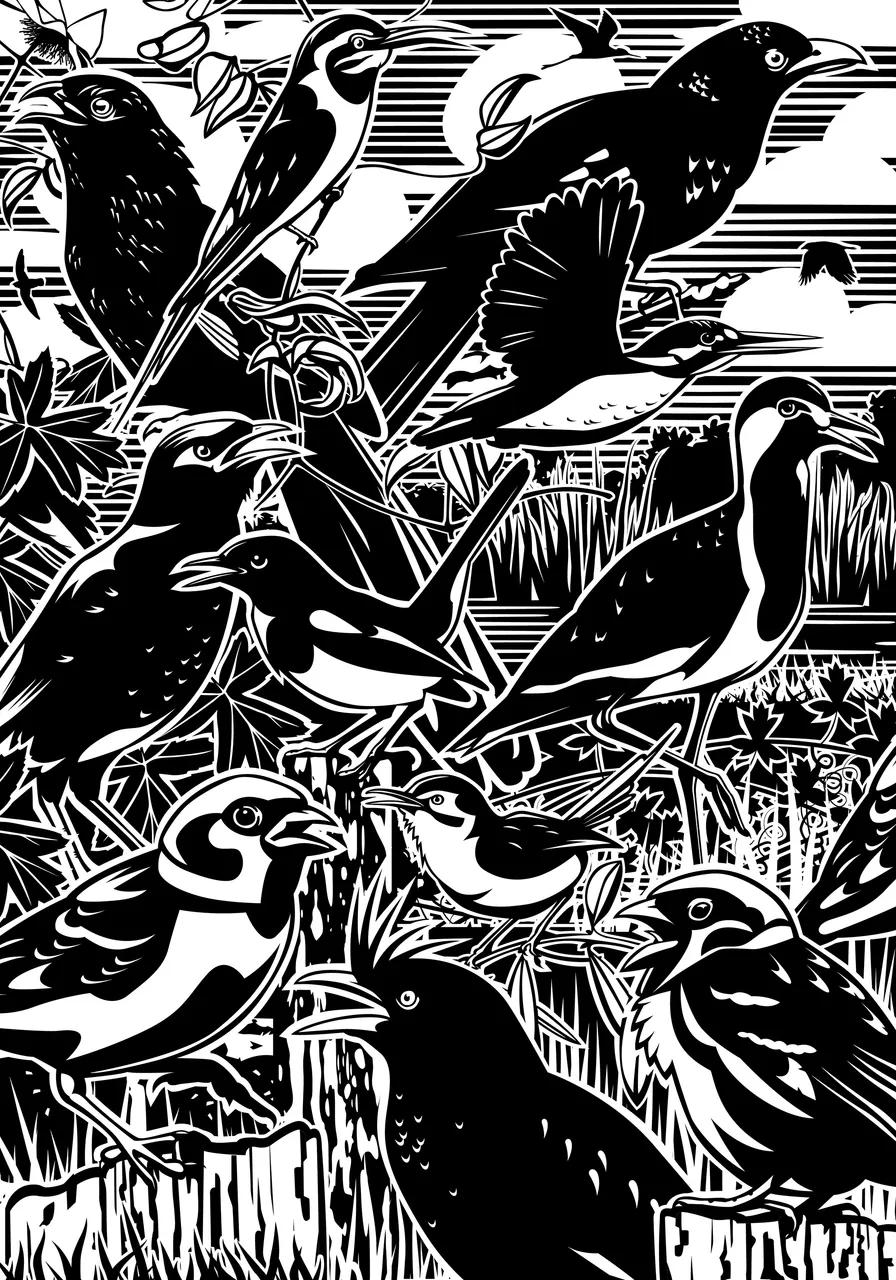
It feels like I have a constant recording of living bird calls being played around me. Throughout the day my ears pick up one call or another and I put a feathered face to the sound. There is a growing list of common ones I recognise and hardly register: Koel, Sparrow, Munia, Coucal, Dove, Bulbul, Crow, Kingfisher, Bittern, Bee-eater, Stilt and more.
Some of their sounds stimulate the same thought each time. The Common Kingfisher's little piping makes me smile because it's so lovely to have them around and even if I don't catch a glimpse of it I know there's a tiny flash of blue darting across our pond. The little Yellow Bittern's raucous call makes me wonder what part of its life needs it to be so loud, and the Bee-eater's short and simple warble that matches its undulating flight is uplifting as it brings bright, exuberant colour to mind.

Plain Prinia
For many calls my brain doesn't react but it is quite striking that I must actually be registering them all because I immediately realise when there are any calls that do not fit the common ones. It is possible, of course, that it just seems to work like this. My brain might be happily skipping many interesting calls every day without me realising it!
Some days are therefore punctuated by me grabbing my binoculars and looking out the window or dashing outside to see who's making the noise. For too long it was often a Magpie-Robin. They seem to have just enough variation to confuse me, although the frequency of being fooled has declined considerably.
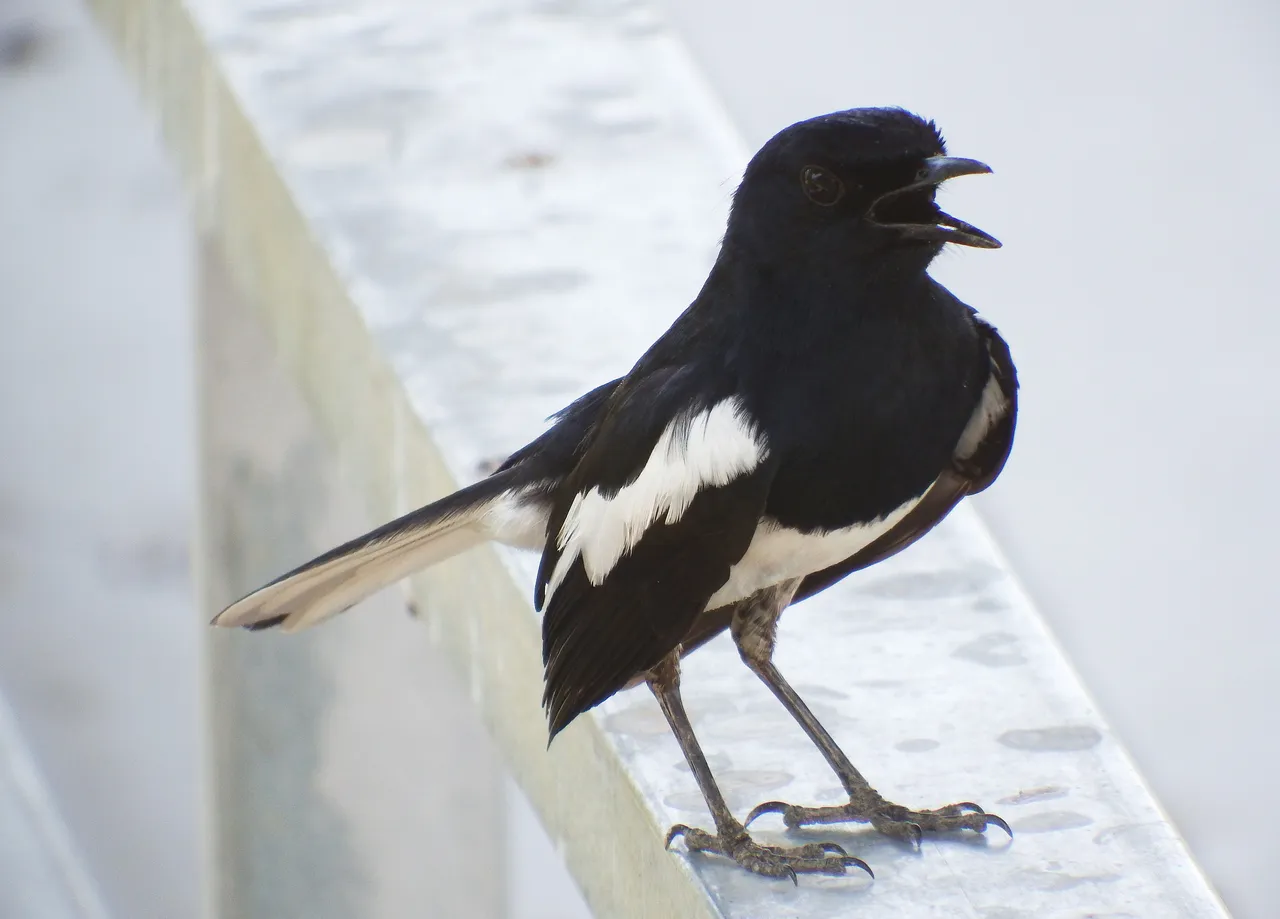
Magpie Robin
My feeling has been that these calls are almost constant but wondering just how true that is I put it to the test.
Seriously doubting that I would manage to concentrate on what I could hear for a full day, I came up with a sampling strategy of five-minute periods once an hour throughout the day from pre-dawn to post-dusk. For each period I would sit outside and focus on how long the periods of silence between calls were. I would also get an impression of the variety of birds calling and overall level of activity.
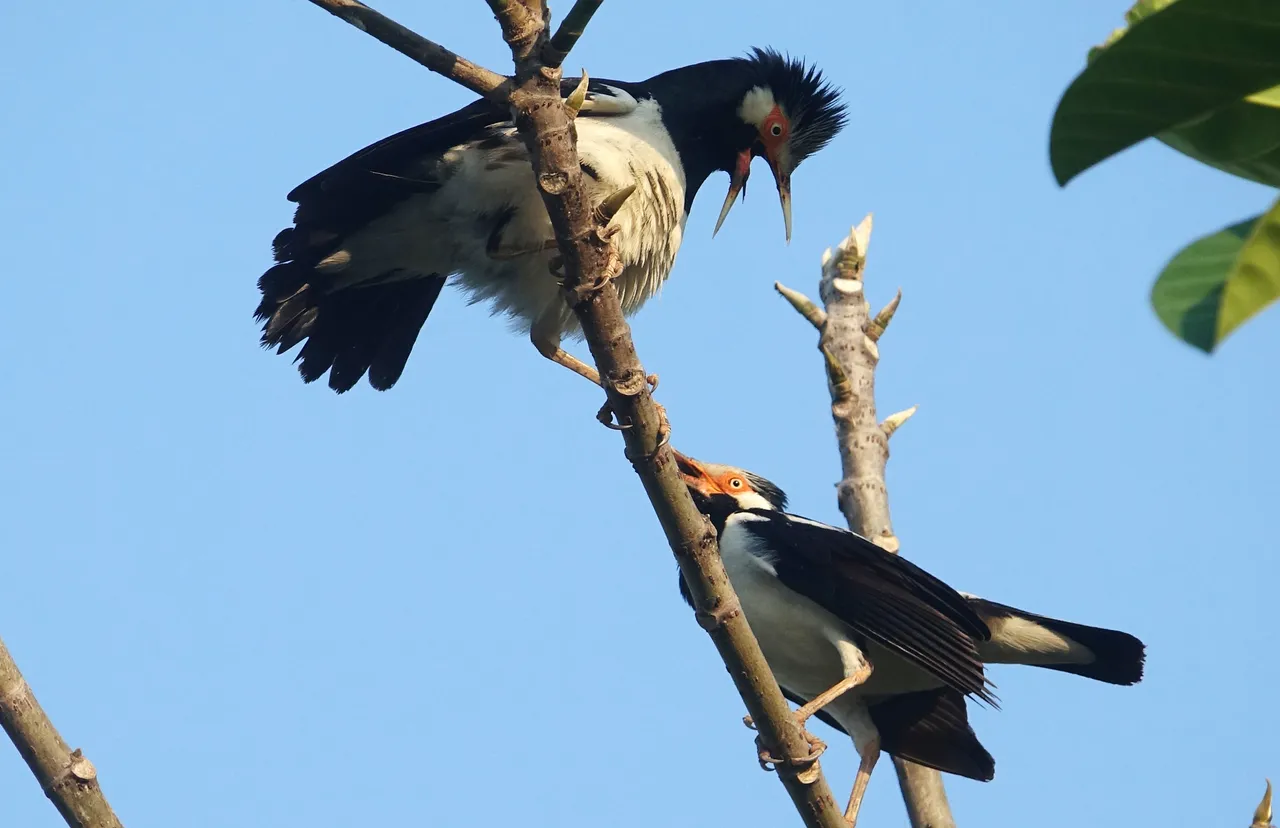
Asian Pied Starling
For the daylight hours that gave me a total listening time through the whole day of exactly one hour plus a bit either side. I took any bird-silence of more than a second to be a “gap” and noted it. This was in the middle of the dry season here in Thailand at the beginning of the hottest time of year when wildlife activity can feel a bit subdued but the breeding season for many species has kicked off.
What do you think the longest period of silence was in those seventy-five accumulated minutes of listening? What do you think it would be where you live? Here are my results.
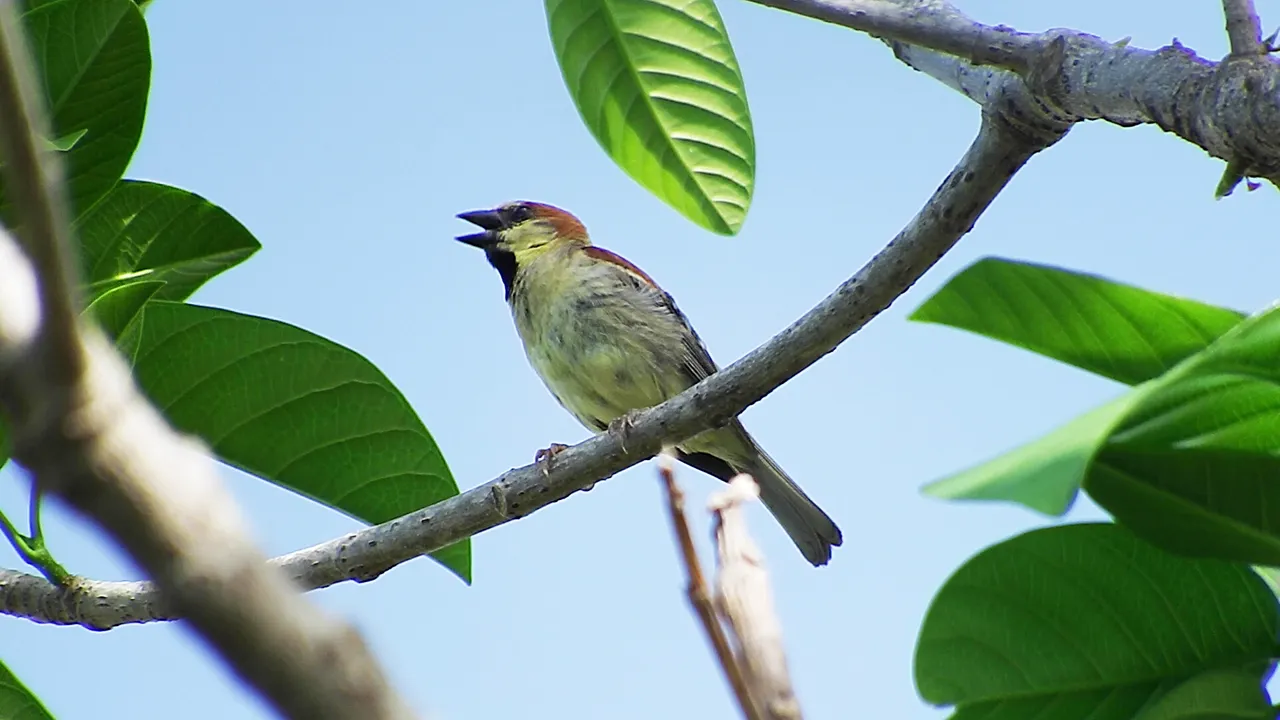
Plain-backed Sparrow
Not surpisingly, Tree Sparrows were by far the commonest callers with their little chips, chirps and peents. They are always around and seem to enjoy keeping in touch with each other. Also unsurprisingly, the loudest call was from the Koel. This is the bird that wakes up more people in Thailand than all other birds, including cockerels, put together. The Koel was the bird that I could hear from the furthest away, probably well over a hundred metres, and it was the only bird I heard every hour of the 15 hours I sampled. The Tree Sparrow was not active before sunrise and gave up its chirping after sunset.

Asian Koel
The way the Koels react to each other's calls gives the impression of a chain reaction of one bird setting off the next that does a quick circuit around the district back around to our garden to start all over again.
In total I heard 29 different species with the most in one five-minute period being 14 at 10am. The morning was the busiest and loudest time. At one point I could hear five different species calling simultaneously. This put a stop to my growing theory that the birds were somehow taking it in turns.
In the afternoon it became very windy, which cut down on what I could hear but also cut down on the amount of calling. After sunset it was harder to hear the few birds who were still calling because the frogs and grasshoppers were so loud!

Large-billed Crow
And the answer to the main question is that the longest 'bird silence' in the total seventy-five minutes of listening was seven seconds at 6pm shortly before sunset. This was actually significantly longer than I was expecting. However, it felt like an end-of-day-let's-think-about-roosting lull with the rest of the day producing no gap longer than two seconds. From early morning (6am) until midday I did not have a single gap, the birds never stopped.
Thus, my original thought that started this little experiment about the bird calls around our garden being constant is true...at least in the morning. It also makes me feel that I am not missing too much by having a mid-afternoon nap.
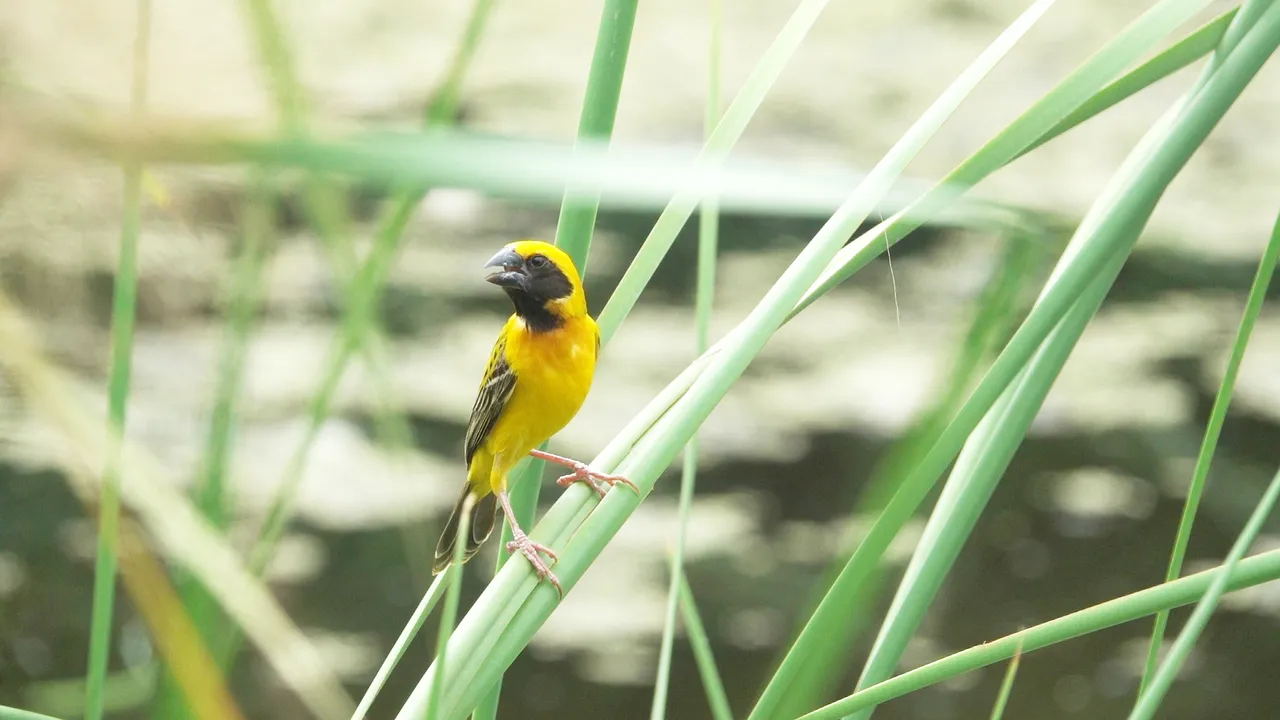
Asian Golden Weaver
For me, the point about a little exercise like this is not so much the insignificant direct results but what it helps me notice and feel along the way. It demands a more focused interaction with my surroundings. The challenge of concentrating and identifying plus learning that minor snippet about five different species calling at the same time made the day more satisfying and memorable than most. The effort that went into it was little more than remembering to go outside every hour.
This desire I have to sort and organise through collecting data is often just the vehicle for a gratifying little journey.
But there is something deeper, more interesting going on. If you spend time in a new place, take note of what happens as you learn the natural sounds around you. The everyday sounds lose their clarity, fading to the background where they began. But the unusual noises really begin to jump out.

Purple Heron
Learning and knowing the sounds around us is part of our basic natures and helps us be alert to change. In times long-gone this meant being better able to survive. Screening out the familiar makes the other, often very subtle, sounds of danger or opportunity stand out. Without this baseline knowledge the noises that could be carrying useful information are buried. The piping call of a kingfisher could really be alerting us to whatever disturbed it.
This is visual as well as audible but we are less conscious of what our ears tell us. We do this around our homes with human noises but have largely lost the skill when it comes to nature. I am not in a position where the natural sounds around me are of great significance to my immediate welfare. But the skill of being able to hear the soft 'hooping' of a Hoopoe two fields away through the cacophoney of Mynas tussling around a bunch of bananas gives me a hint of how our ancestors would once have been atuned to every sound around them. A little tug on my roots.

Lapwing
For modern-day reality, the initial effort of showing an interest in nature's sounds pays off as you can listen to everything without actually having to pay attention at all.
Thank you for your time.